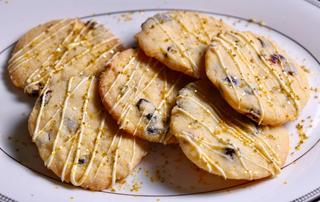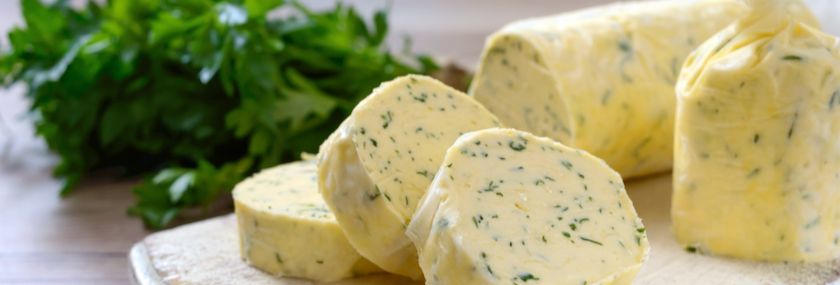The Bark With A Bite, Cinnamon’s amazing uses around the homestead
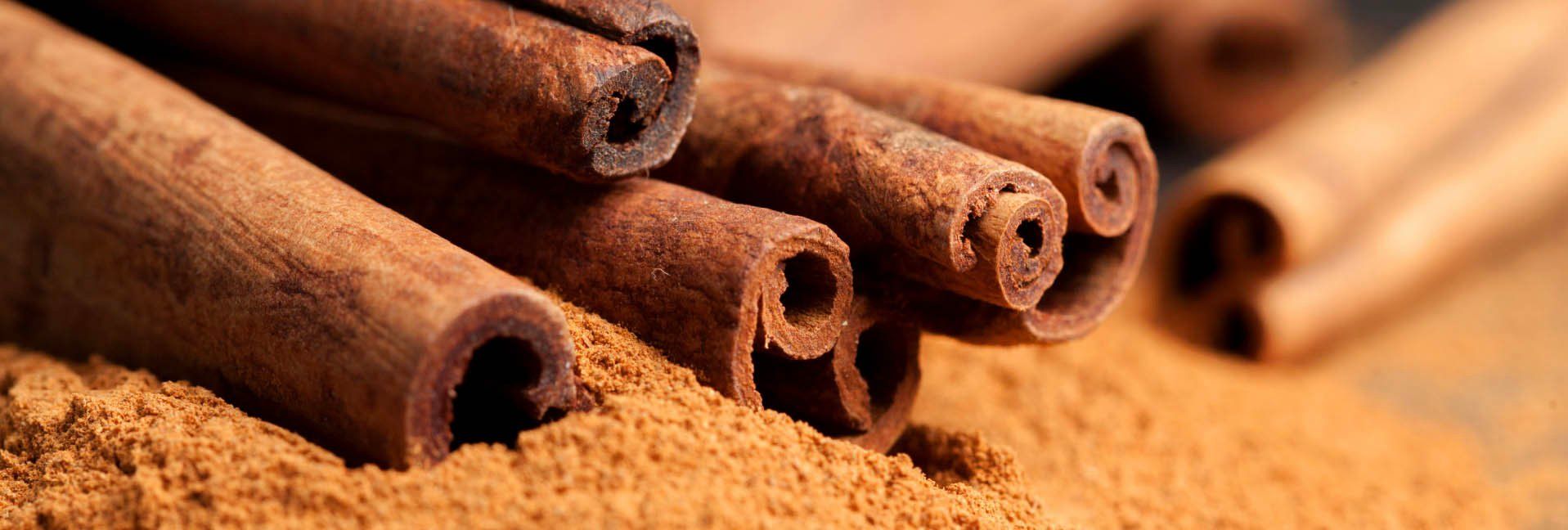

I ate my weight in cinnamon toast as a child. The crisp, white bread warm from the toaster, dripping with butter and sprinkled with cinnamon and sugar was my go-to breakfast before meeting the school bus at 6:30 each morning.
Known and loved for the warmth it brings to the winter months, cinnamon is available and—importantly— useful all year. It has a long history as a culinary spice and as a medicine.
Expert tip: Chefs say to replace your cinnamon at home every six months, otherwise it will go stale once the airtight container is opened.
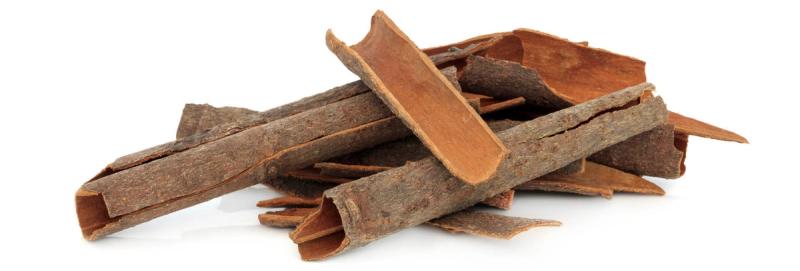
A bark with bite
Harvesters shave the brown, inner bark of any of a variety of trees from the genus Cinnamomum and dry them. The resultant tubular shapes are what we know as cinnamon sticks or quills. The bark is ground to form the powder we add to recipes—or sprinkle on our toast. However, only a few species of cinnamon are actually grown commercially.
Experts recognize the bark from Cinnamomum verum as “true cinnamon.” According to the McCormick Science Institute, C. verum is rarely used in the United States because of its distinct flavor, but it is available if you search long enough: Look for Sri Lankan or Ceylon cinnamon. C. verum’s distinct-yet-subtle flavor is what gives English and Mexican recipes their unique tones.
The bark from other tree species as “cassia.” The most commonly used in the States is Cinnamomum bermanni, from Indonesia. It is also the least expensive. Together, Indonesia and China produce 75-percent of the world’s cinnamon.
I still enjoy an occasional piece of cinnamon toast for breakfast. But, I’ve also discovered a few other uses for this versatile spice around the house. Here are three that may surprise you.
1. Repel unwanted pests
My favorite use for cinnamon around the house and barn is as an ant repellant. When you find a trail of ants, simply sprinkle cinnamon across their path. Ants don’t like it and will not cross. If you can find the point at which they enter the house, you can catch them there.
In addition to ants, cinnamon repels moths. In fact, there are several aromatic herbs that will keep moths at bay. If you live in a rural area where crops are cut and the combine stirs up dust and critters, you surely have moths in your house. And if you store feed in your barn, they are flitting around there as well.
Make a sachet of any combination of the following herbs and hang where moths congregate, like closets, kitchen cupboards, and feed bins: cinnamon, cloves, cedar, lavender, peppermint, thyme, rosemary, and orange. This sachet will do the trick.
2. Freshen the air
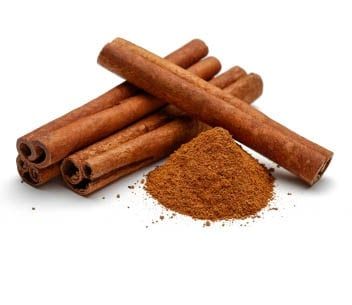
The heady aroma of cinnamon in the home warms the soul. A key ingredient in apple pie, mulled cider, and snickerdoodles, cinnamon invites everyone who walks through your door to relax and sit a spell.
To infuse that welcoming bouquet throughout your home, try candles. Cinnamon-scented candles, of course. Or to add a pleasing touch of decor, use unscented pillar candles wrapped in cinnamon sticks and tied with twine. The warmth of the flame will diffuse the scent of the cinnamon into the room.
Simmering a pot of water with cinnamon sticks, cloves, and orange peels will make your kitchen smell as though a pie is in the oven. If you’ve recently fried bacon or baked fish, this aromatic spice also will dissipate any lingering odors. Keep a pot on the woodstove in the winter to bring the cinnamony goodness further afield.
When vacuuming your carpets, place a few cinnamon sticks in your vacuum cleaner bag to release the spicy sweet smell throughout your home. Or for a more powerful punch, add a few drops of cinnamon oil to an essential oil diffuser.
3. Give your brain a boost
Everyone knows that cinnamon smells amazing, but did you know it improves alertness and response times?
According to a study done by students at Western Jesuit University, “cinnamon improved participants’ scores on tasks related to attentional processes, virtual recognition memory, working memory, and visual-motor response speed.” So, use any of the techniques already suggested in your home office to help you to focus on your work.
And what about the car? Hanging a sachet of cinnamon in your car won’t just mask the odor that lingers from the drive-through bags but will keep you focused on your driving, as well. Especially during those afternoon slump hours. Or, purchase an essential oil diffuser that plugs into your vehicle’s USB port. With a diffuser, you can use other oils for different driving scenarios—like a stress blend when driving in city traffic.
My grocer sells several herbs and spices in large, 18-ounce containers. Cinnamon is one of them. I can understand why.
Tags:Hearth & Home

Acreage Life is part of the Catalyst Communications Network publication family.










